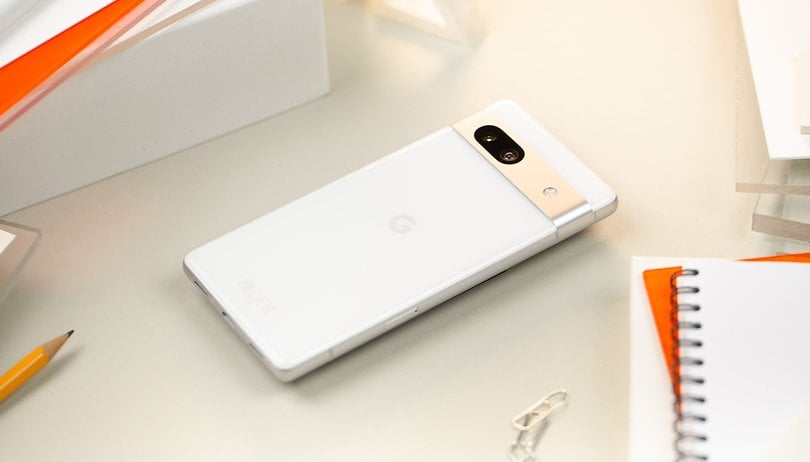Google's Fully Custom 3nm Tensor Chip May Ship to Pixels in 2025


It's only in the Pixel 6 series that Google started offering a partly customized mobile system-on-chip through partnering with Samsung. The internet search giant continued to iterate the chip on last year's Tensor G2 that powers the Pixel 7 duo and the latest Pixel 7a (review). Now, a new report forecasts that Google could entirely drop Samsung and follow Apple's path by launching its fully customized Tensor G5 chip in 2025.
Presently, the Tensor G3 SoC that will be fitted on the Pixel 8 and Pixel 8 Pro phones is tipped to be based on Samsung's Exynos architecture. This is composed of a nona-core processor layout and helmed by a Cortex-X3 primary core along with a 10-core Mali-G715 GPU that supports ray tracing.
It was earlier reported that the successor to this upcoming silicon or the Tensor G4 has a code name of Redondo, which is a fully custom one and that will be made by TSMC instead of Samsung. However, The Information (via 9to5Google) is now reporting that Google and TSMC have missed the trial production. Hence, the delay in development could force Google to continue relying on Samsung's resources until next year.

Instead, the outlet details that Google's first pure custom mobile chipset with its in-house design will only be ready in 2025, which is in time for the Pixel 10 series and if there will be no changes in naming convention. It added that the chip with internal name of Laguna will be based TSMC's 3 nm node, so it is expected it could bring significant improvement in power efficiency.
Google's move would mirror what Apple has done in recent years. The iPhone maker transitioned from tapping the design and manufacturing process of chipmakers until it developed its very own design for its Bionic on iPhones.
What are your thoughts on Google being fully invested in designing its own chipsets? Is the company better off if they will just utilize Qualcomm's Snapdragon on its devices? Share your opinions.
Source: The Information



















